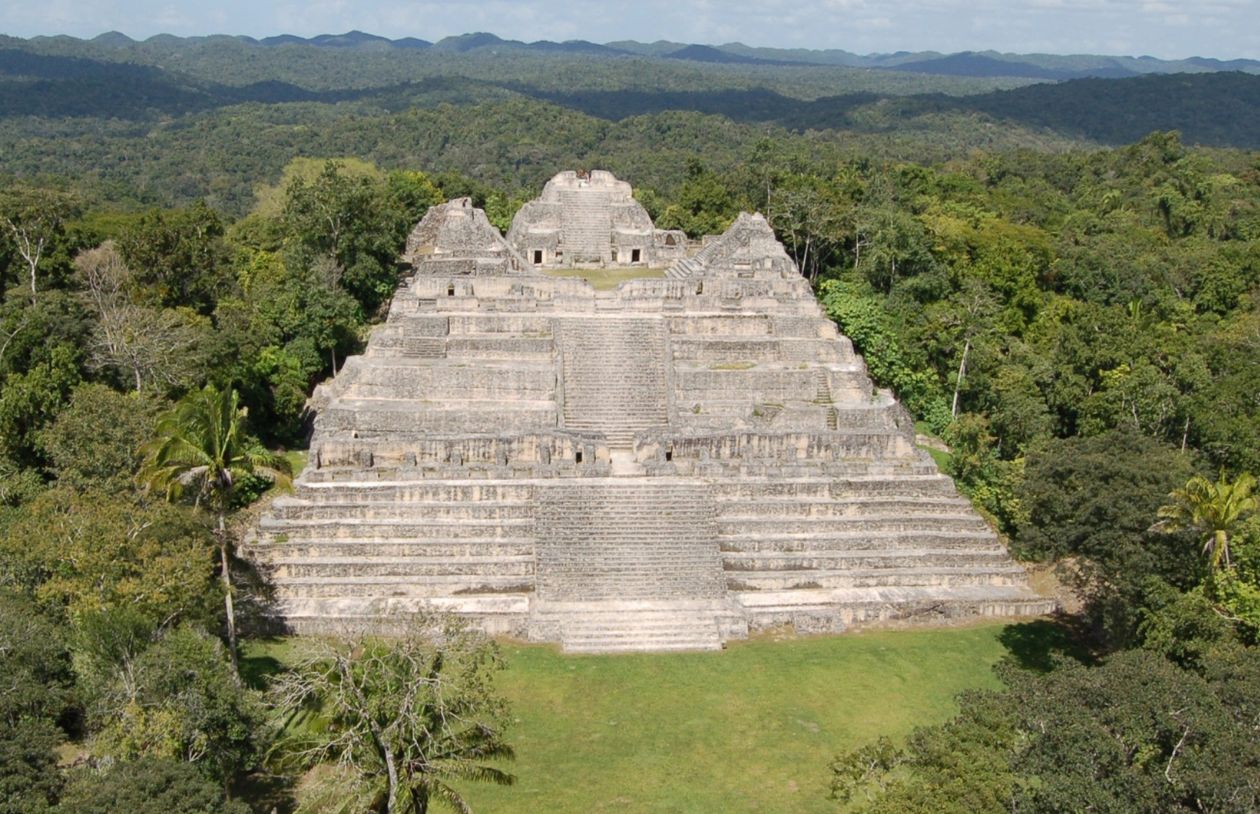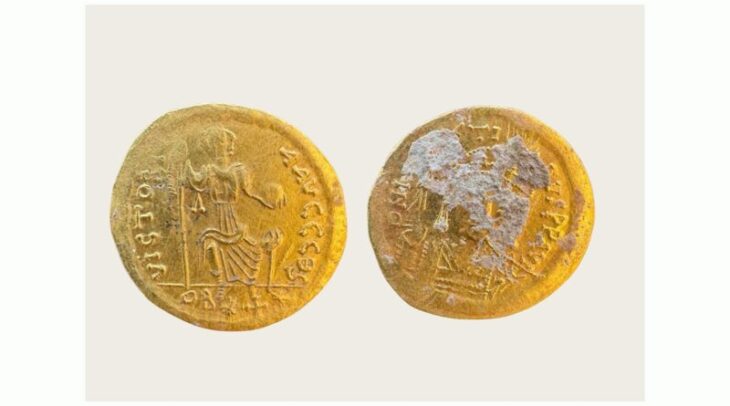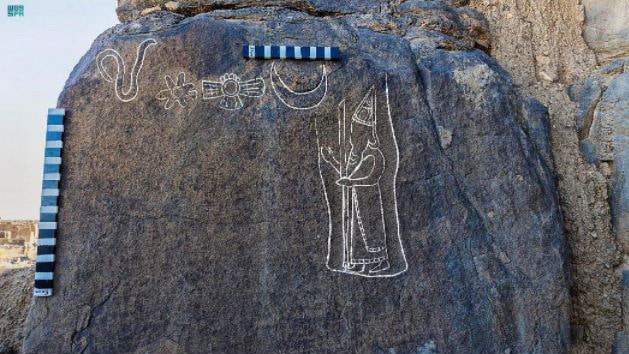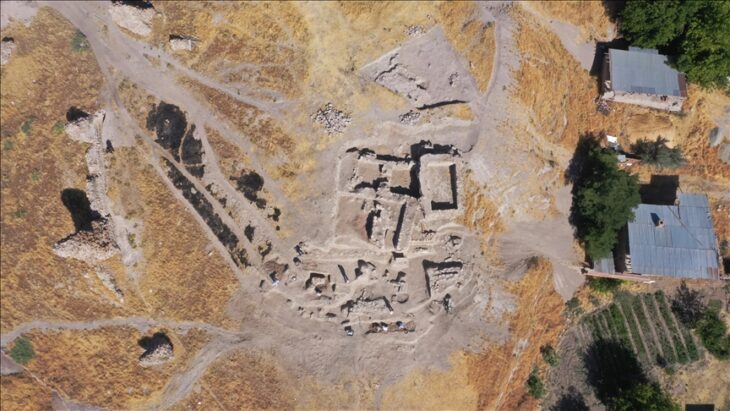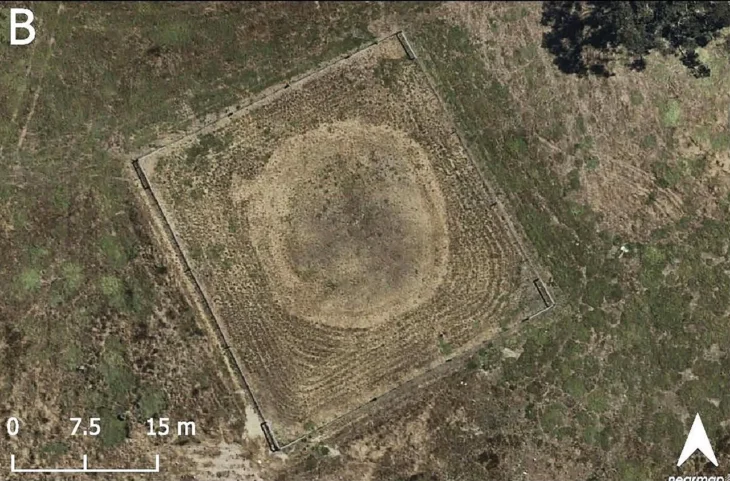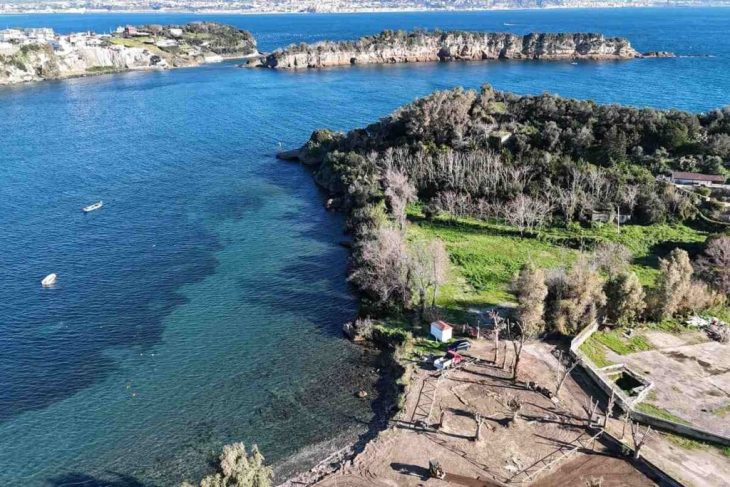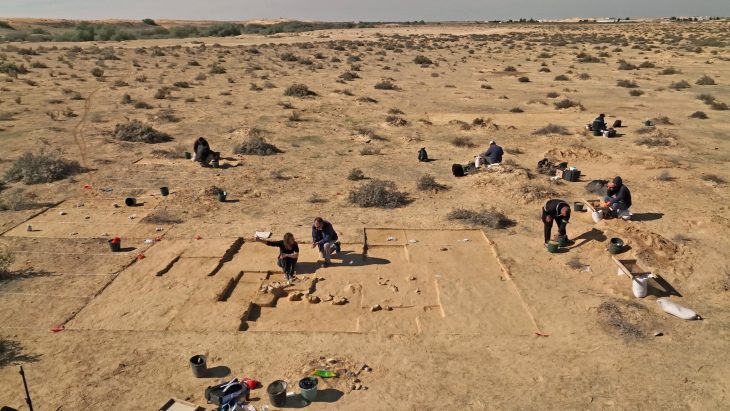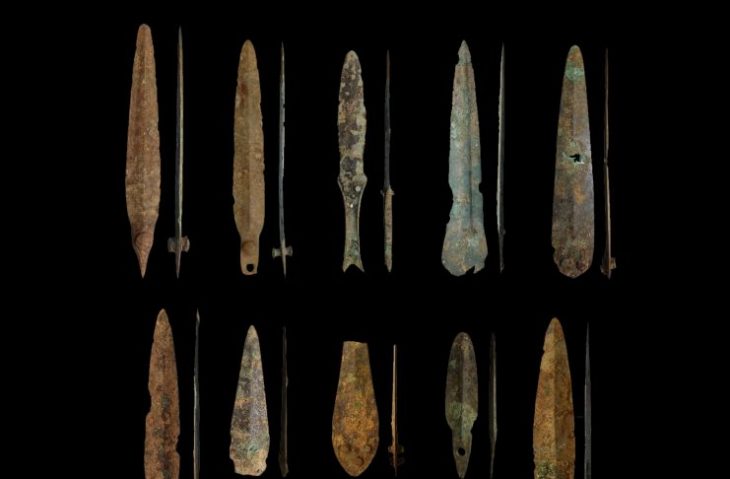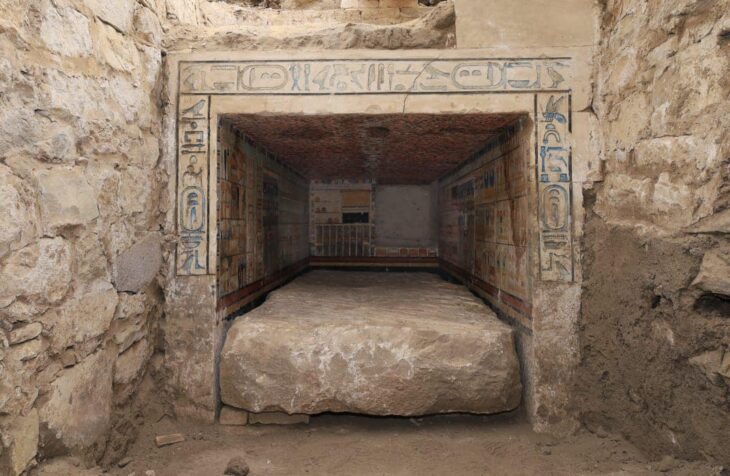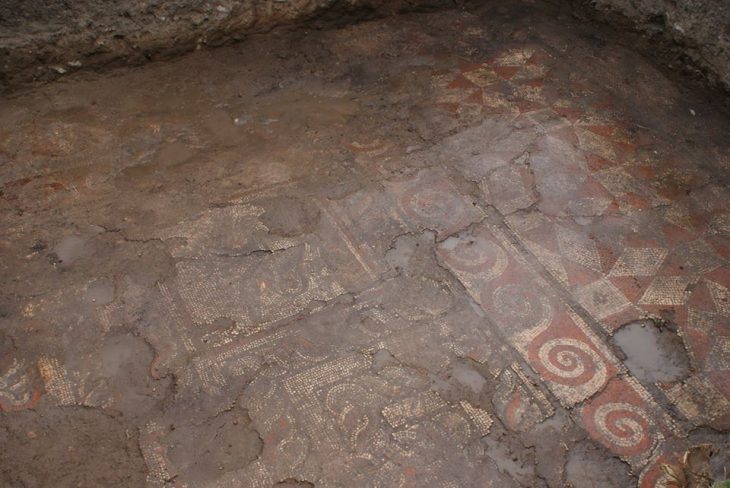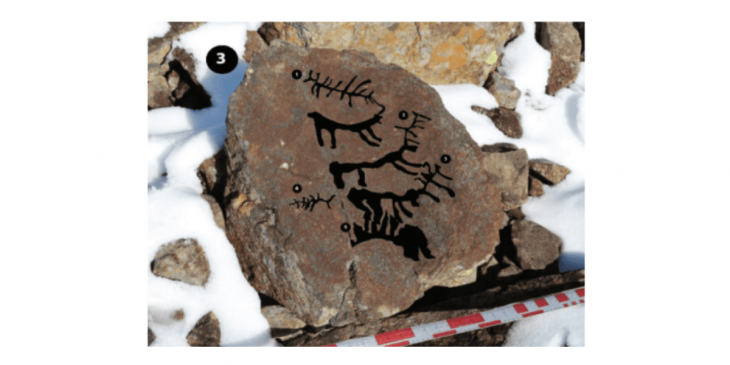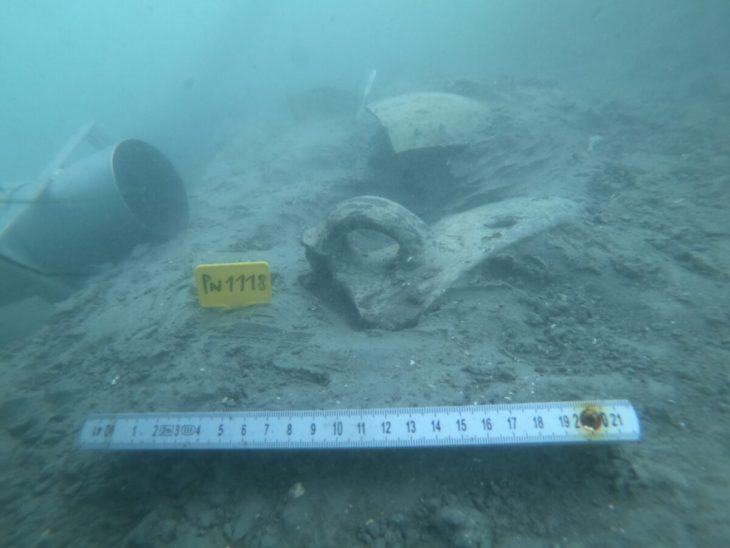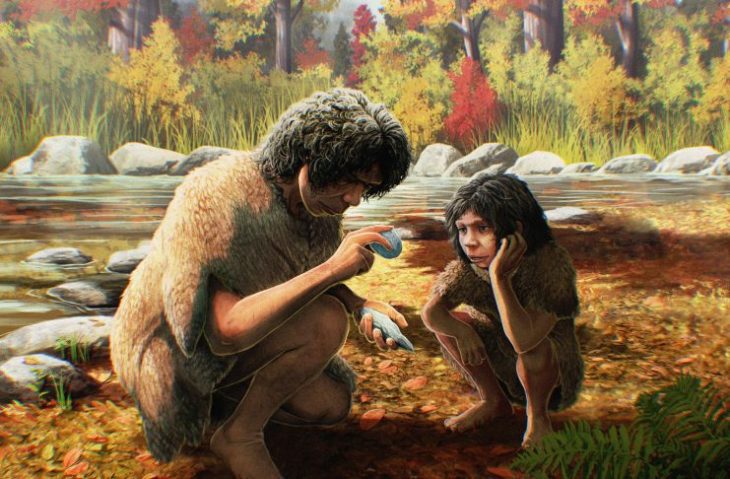Archaeologists have unearthed the 1,600-Year-Old Tomb of First Maya King at Caracol, Belize, marking one of the most significant Maya discoveries in recent decades.
In a landmark archaeological breakthrough, researchers from the University of Houston have discovered the tomb of Te K’ab Chaak, the founding ruler of Caracol, a once-thriving Maya metropolis located in present-day Belize.
This find marks the first identifiable royal tomb at the site since excavations began over four decades ago, led by renowned archaeologists Drs. Arlen and Diane Chase.
Te K’ab Chaak, who ascended the throne in 331 AD, was interred around AD 350 in the Northeast Acropolis of Caracol. His burial included a rich assemblage of ceremonial objects, including jadeite jewelry, mosaic masks, carved bone tubes, and Pacific spondylus shells, highlighting his elite status.

Pottery vessels found in the tomb depicted scenes of ritual offerings, bound captives, and Maya deities like Ek Chuah, the god of trade. Some of the artifacts even bore motifs, such as the coatimundi, that were later adopted by future Caracol rulers in their royal names.
📣 Our WhatsApp channel is now LIVE! Stay up-to-date with the latest news and updates, just click here to follow us on WhatsApp and never miss a thing!!
Te K’ab Chaak’s remains suggest he died at an advanced age, standing approximately 5’7” (1.70 m) and notably, without any remaining teeth. His tomb was the first of three elite burials found in the same residential complex, all dating to around AD 350—a time that also reflects early interaction between the Maya and central Mexico’s Teotihuacan.
One of these burials, a cremation placed in the plaza center, included obsidian blades, atlatl points, and ceramic vessels traced to Teotihuacan—suggesting ritual practices foreign to traditional Maya customs. These items indicate that individuals in Caracol’s royal court may have adopted Teotihuacan funerary customs, or perhaps even lived and trained in that distant city before returning.
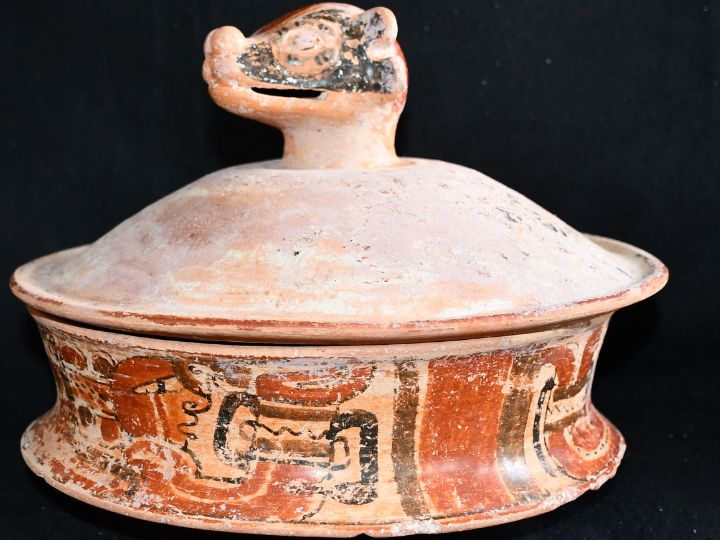
“This discovery suggests that Maya–Teotihuacan connections were well established before the major 378 AD event known as the entrada,” said Dr. Diane Chase, Provost at the University of Houston. “Our data suggest these ties were more complex than a single invasion or cultural transfer—they were part of sustained, elite-level interactions across Mesoamerica.”
Located deep in the highland jungles of Belize’s Cayo District, Caracol was once home to over 100,000 people and spanned more than 68 square miles, making it one of the largest and most powerful cities in the Maya Lowlands. Its monumental structures, including the 140-foot-tall Caana pyramid, rival those of other iconic Maya centers like Tikal.
The University of Houston team, in partnership with Belize’s Institute of Archaeology and supported by organizations like the Alphawood Foundation and Ford Foundation, continues its research at Caracol. Work is underway to reconstruct the jadeite death mask and conduct ancient DNA and stable isotope analyses on Te K’ab Chaak’s remains.
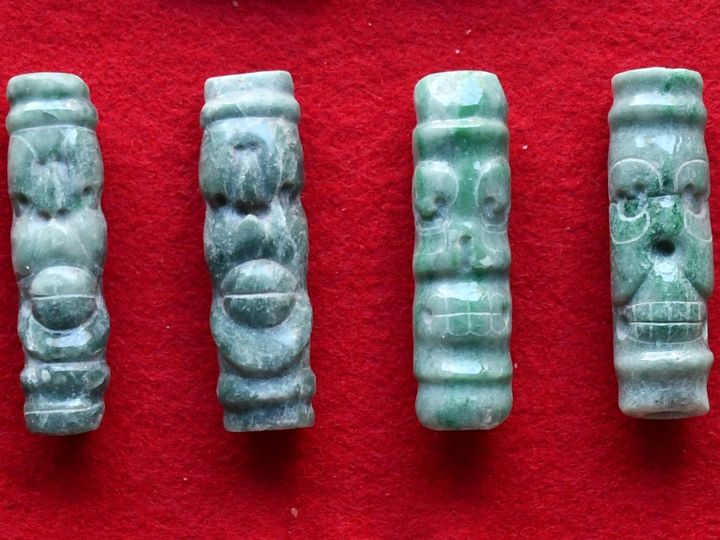
The findings will be formally presented at the Santa Fe Institute in August 2025 during a conference on Maya–Teotihuacan interaction.
This groundbreaking discovery not only sheds light on the foundations of Caracol’s royal dynasty, which lasted over 460 years, but also redefines our understanding of how ancient Mesoamerican civilizations interacted, traveled, and exchanged ideas across vast distances.
Cover Image Credit: Caana, the central architectural complex at Caracol, Belize, uncovered by Diane and Arlen Chase in the 1980s. University of Houston

